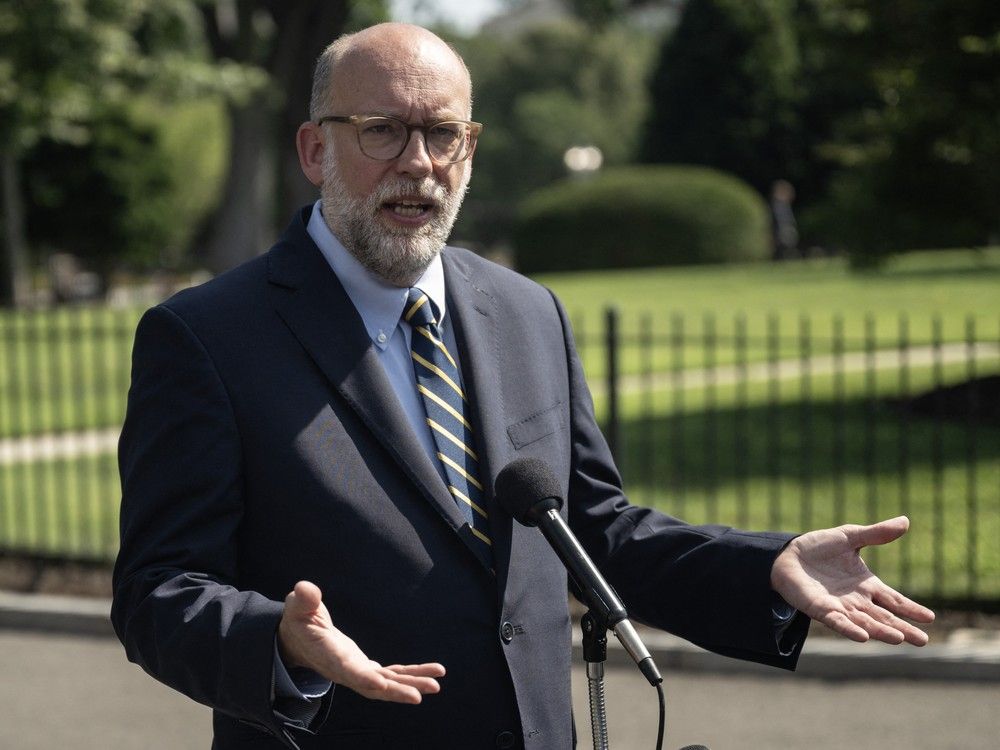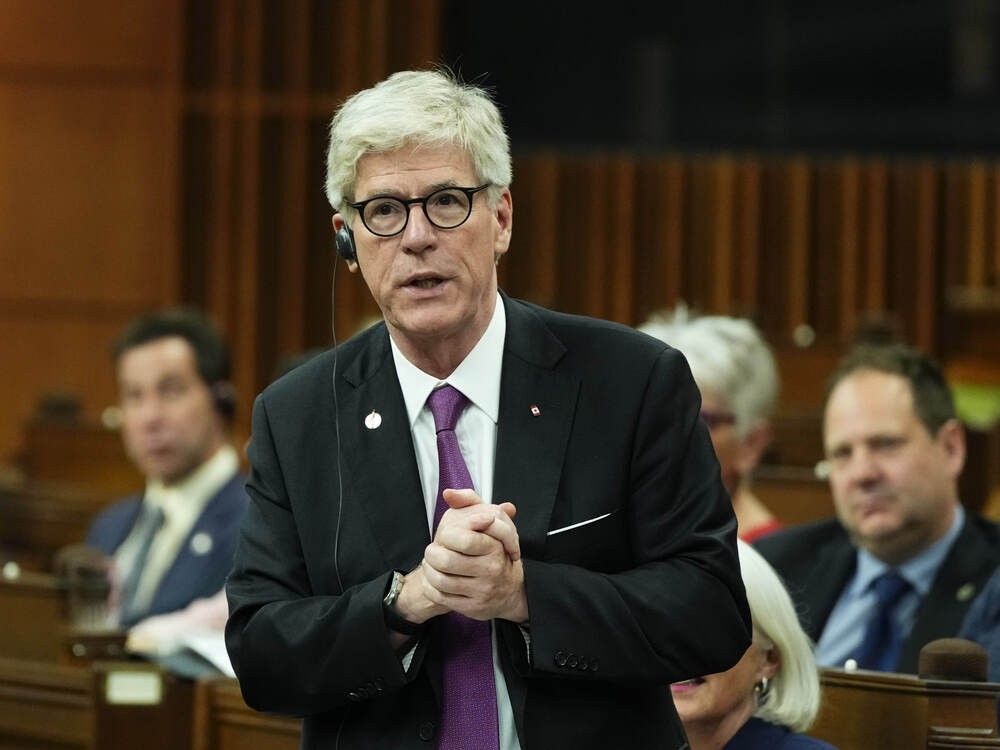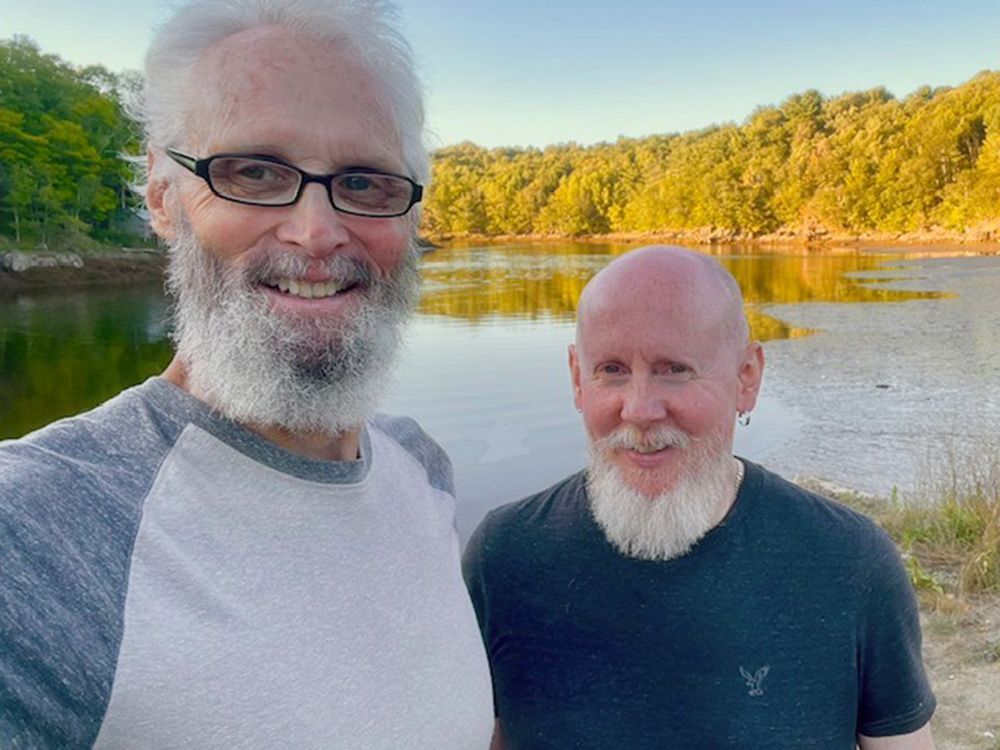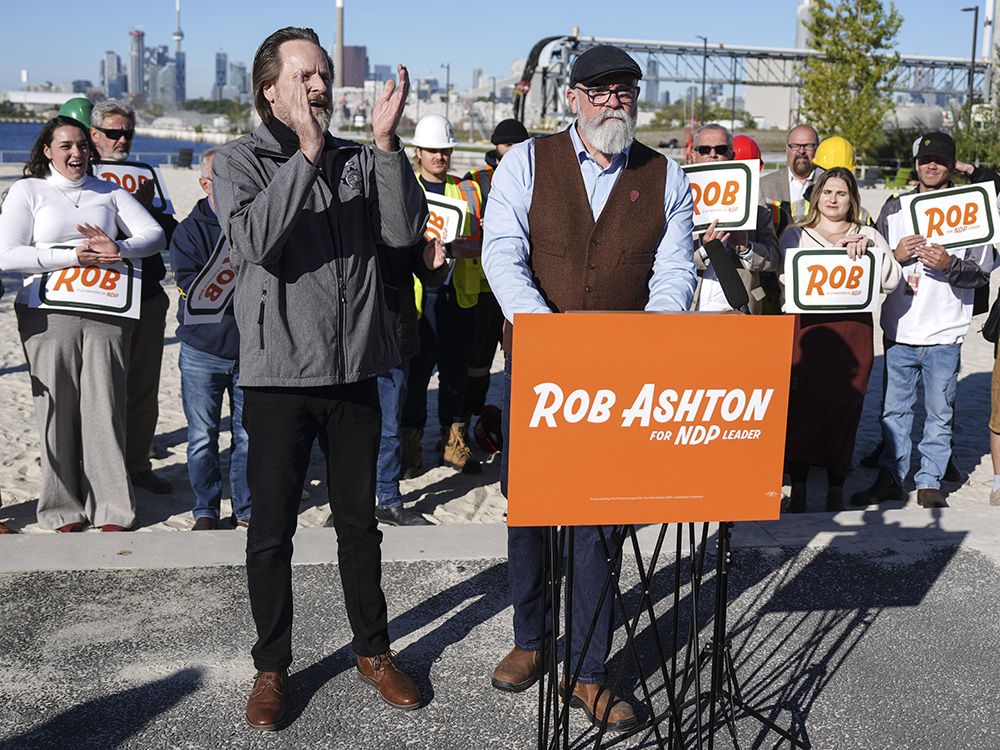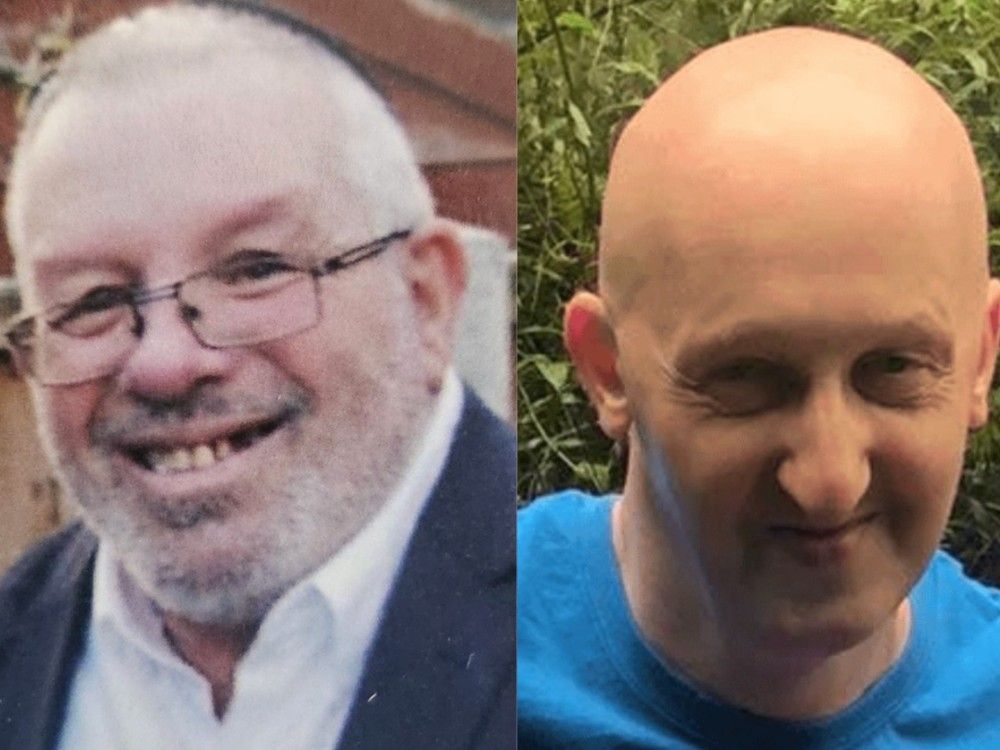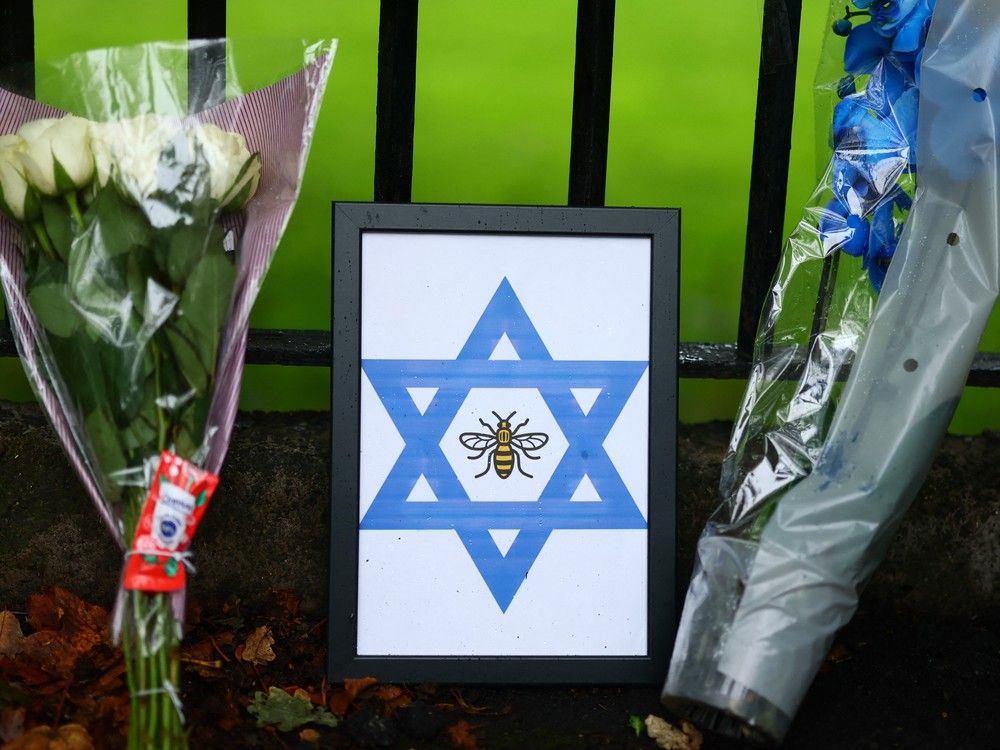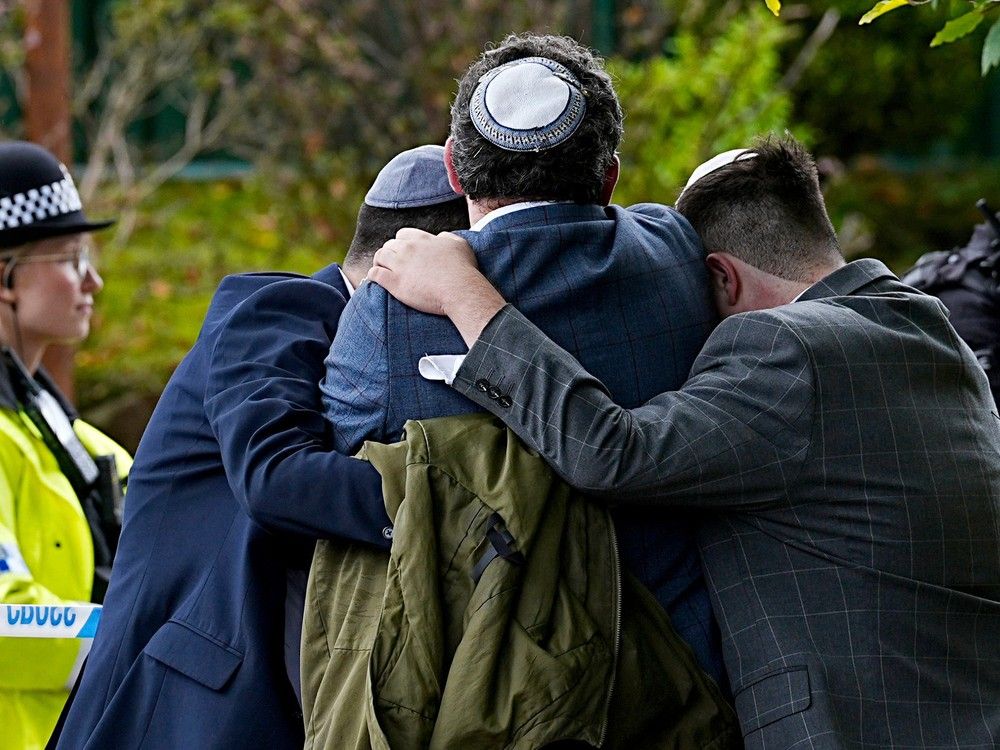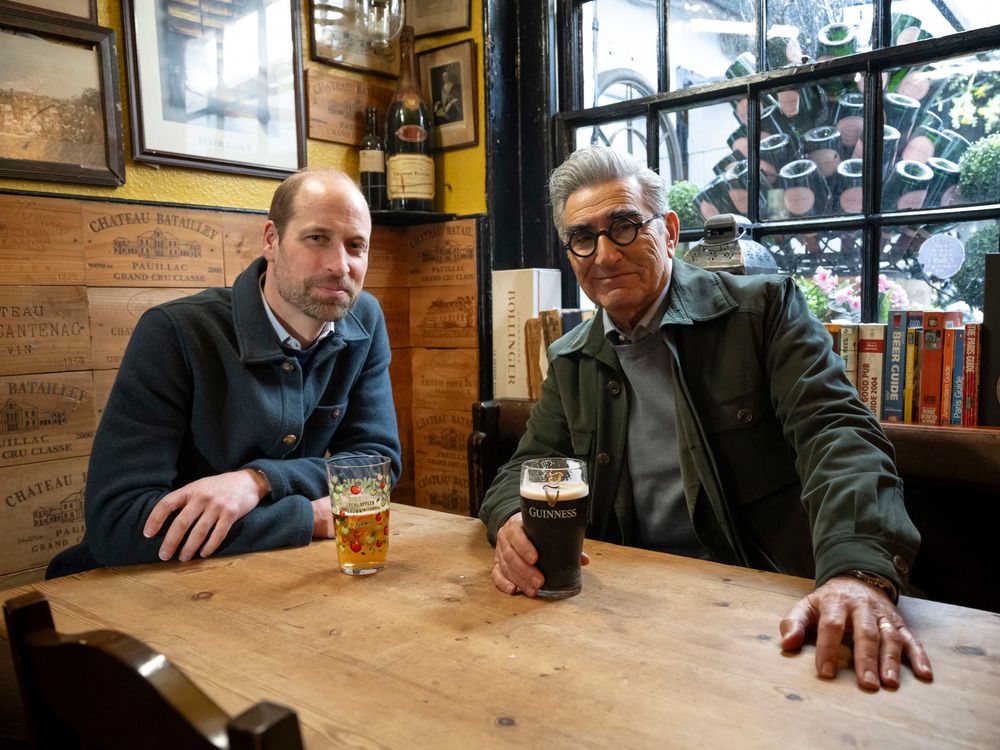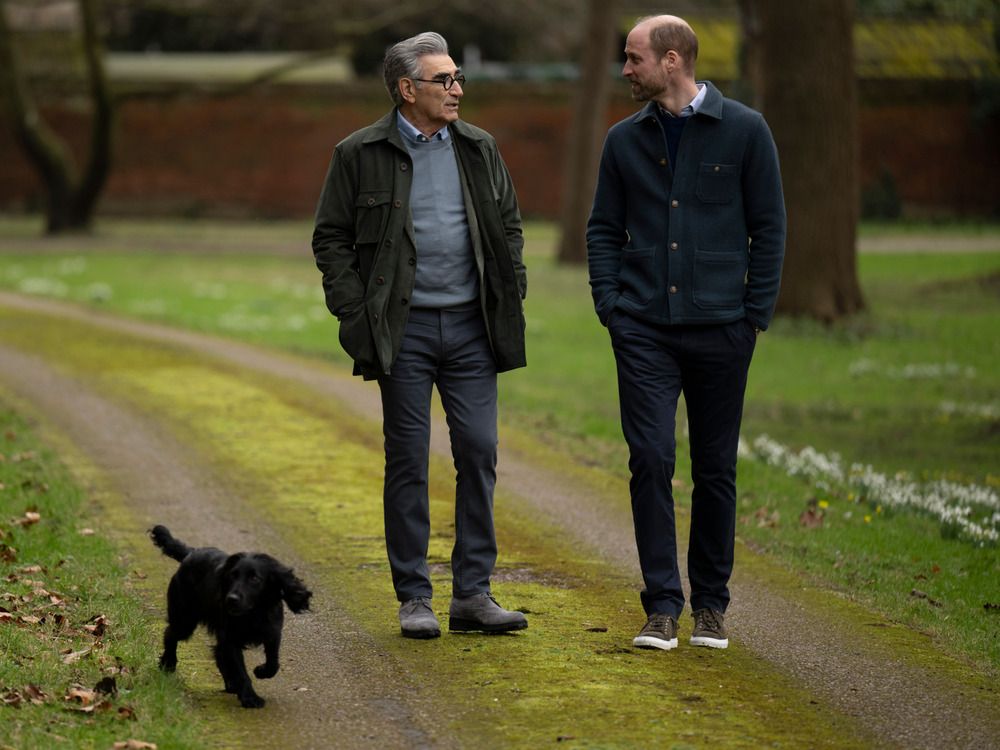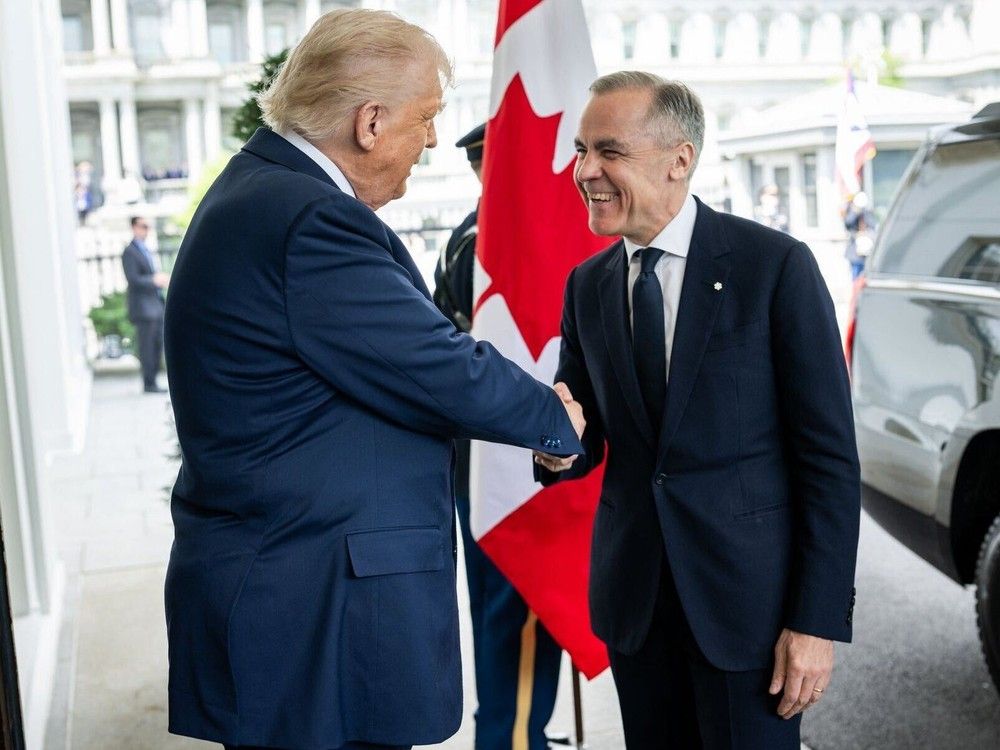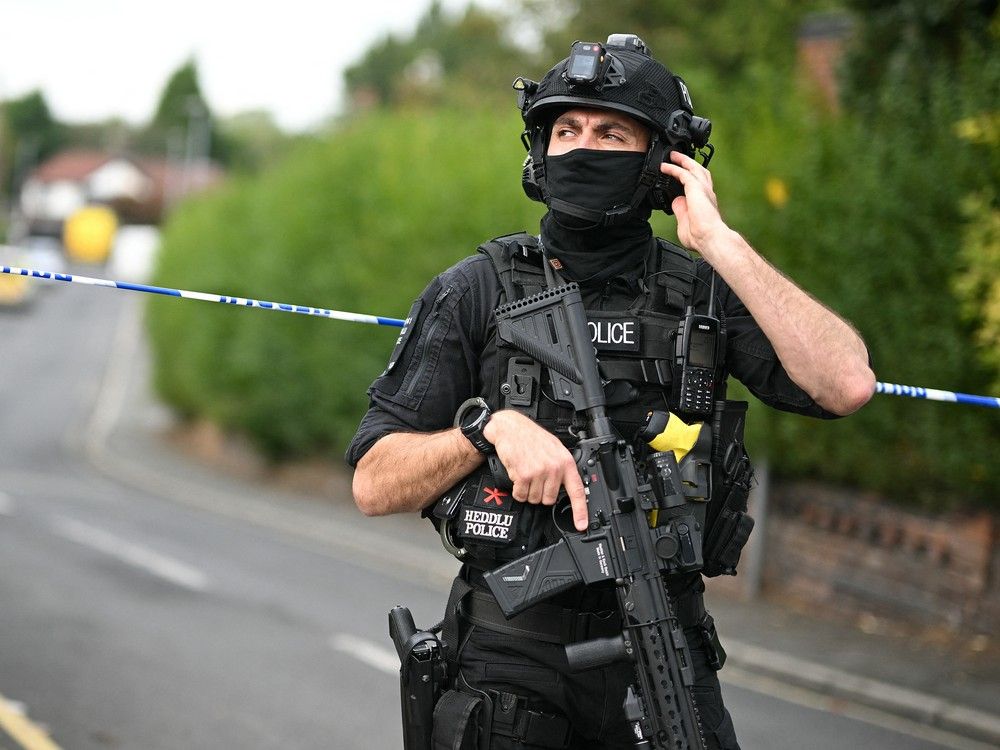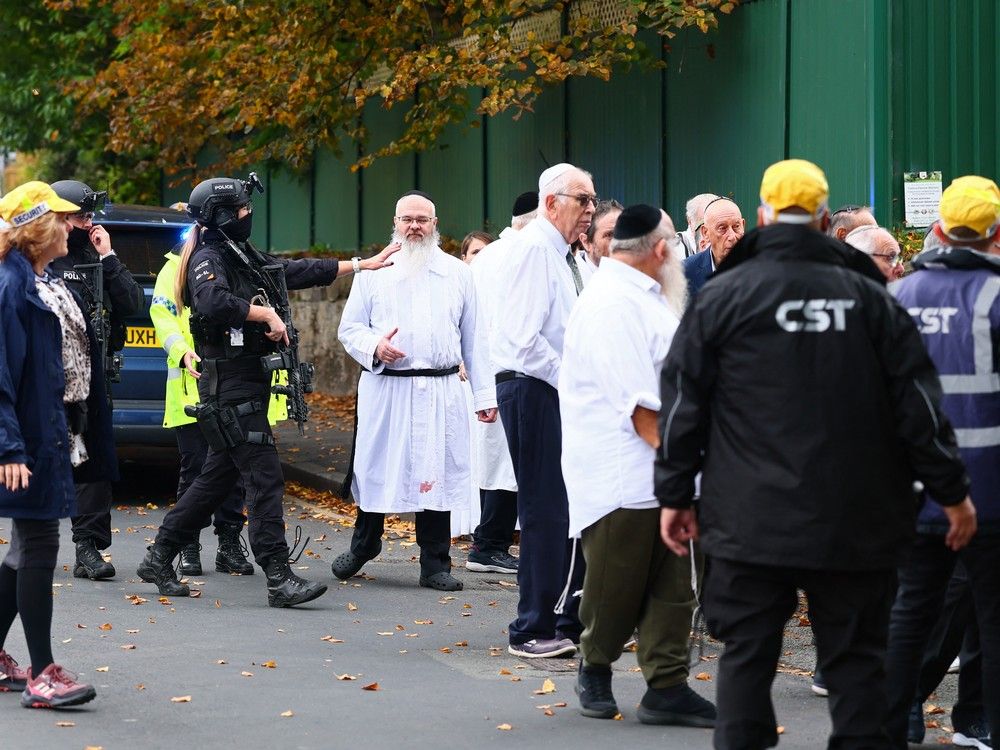
OTTAWA — Calls are intensifying from the Conservatives and New Democrats for Prime Minister Mark Carney’s government to answer for an announcement made by one of his parliamentary secretaries that an Irish hip-hop trio was banned from entering the country for allegations of amplifying “political violence.”
The situation started two weeks ago when Vince Gasparro, whom Carney appointed as a parliamentary secretary for combating crime, announced in a video posted to X that members of the group, Kneecap, had been deemed “ineligible to enter Canada.”
The Liberal MP from Toronto, who won his seat in the past spring federal election, alleged that the group had “engaged in actions” and made statements, which he said were “contrary to Canadian values and laws.”
Gasparro previously served as a Postmedia board member, but stepped down before the election.
Since his announcement, however, a cloud of confusion has settled in, following recent statements by the band’s manager to several media outlets that they had received no notification from the government.
The band has also said on social media that Gasparro’s comments were “wholly untrue and deeply malicious.” The band’s management has not yet responded to a question from National Post, but its upcoming shows in Toronto have been listed as cancelled.
Both the Conservatives and the New Democrats have now begun pressing the Carney government for answers, and in particular, Immigration Minister Lena Metlege Diab, who, along with her department, has repeatedly declined to comment, citing privacy concerns.
“Either the parliamentary secretary lied to his constituents and all Canadians knowingly, or the government is cowering now in the face of controversy,” Melissa Lantsman, deputy leader for the Opposition Conservatives, told National Post in a recent interview.
“But either way, Canadians deserve an answer from a government that has stood on both sides of this issue.”
The issue in question has been the Liberal government’s handling of the rise in antisemitism that police have reported since Oct. 7, 2023, when Hamas militants attacked southern Israel, triggering two years of war.
Since then, the Liberals have faced calls from Jewish advocacy groups that it has failed to respond to the rise in acts of hate and intimidation towards the Jewish community. The Liberal caucus has also at times found itself divided over the Israel-Hamas conflict.
Gasparro made the announcement the same day that Justice Minister Sean Fraser tabled a bill aimed at cracking down on protests in front of places of worship and displaying certain hate symbols, such as flags linked to terrorist organizations.
The parliamentary secretary declined to speak to the issue when asked again about it by reporters this week, saying questions should be directed towards the government.
Previously, he told reporters that he had been acting on information that had been available to him.
The Centre for Israel and Jewish Affairs, which welcomed Gasparro’s announcement, had raised concerns about Kneecap’s upcoming performances for weeks, launching an “action alert” back in July, saying it had written to the Canadian government seeking clarity on whether its members would be allowed to enter.
Among the concerns it listed, which Gasparro mentioned, was the alleged displaying of a Hezbollah flag by one of its members, Liam Óg Ó hAnnaidh, who goes by the stage name, Mo Chara, during a 2024 performance in London, captured on video.
Hezbollah is a listed terrorist organization in both Canada and the United Kingdom.
The incident resulted in a terrorism charge, which was recently dropped by a U.K. judge who cited the fact that it was filed passed the required deadline.
NDP MP Jenny Kwan, who this week wrote to Metlege Diab seeking answers on the issue, said the fact that Gasparro announced the government ban before the court case against one of the band members had been settled raises more questions about what transpired.
“Canada needs to make sure that such decisions are accountable and that they’re not subject to arbitrary and political weaponization,” she told National Post.
“It’s really important that we actually get clarity on what went on. Is this a sanctioned announcement from the government? Is the band Kneecap actually banned? Were they ever banned?”
A spokeswoman for Canada Border Services Agency said in a statement that it does not comment on individual cases, but said it works closely with international partners as well as officials in Immigration, Refugees and Citizenship Canada, which makes decisions regarding admissibility and visas.
That department also declined to comment on the specific case, saying in a statement that anyone looking to enter Canada must meet the criteria outlined under the Immigration and Refugee Protection Act.
“Entry to Canada may be refused for a number of reasons, including concerns related to security, human or international rights violations, or criminal activity. Applicants are informed of their visa status through the email provided on their applications,” spokesman Matthew Krupovich said in a statement.
“An individual, whose electronic travel applications have been declined, can reapply for an (electronic travel authorization) once they have addressed the reason(s) leading to the refusal of their application.”
National Post
Our website is the place for the latest breaking news, exclusive scoops, longreads and provocative commentary. Please bookmark nationalpost.com and sign up for our politics newsletter, First Reading, here.




